#planetary systems
Text

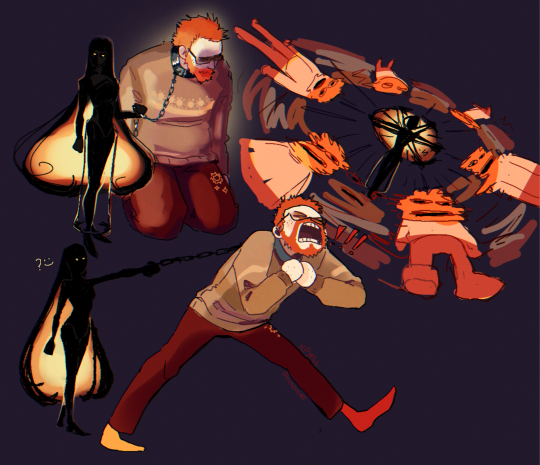

Humanization of one planetary(?) system.
There the huge star "V723MON" revolves around the microscopic black hole "Unicorn", and this black hole bullies the star
#art#digital artist#digital art#humanization#space#humanization of space#black hole#black hole art#star#planetary systems#solar system#space art#star art#V723MON#black hole unicorn#artists on tumblr#blood#tw blood#no fandom
70 notes
·
View notes
Text
100 Planetary Nebula
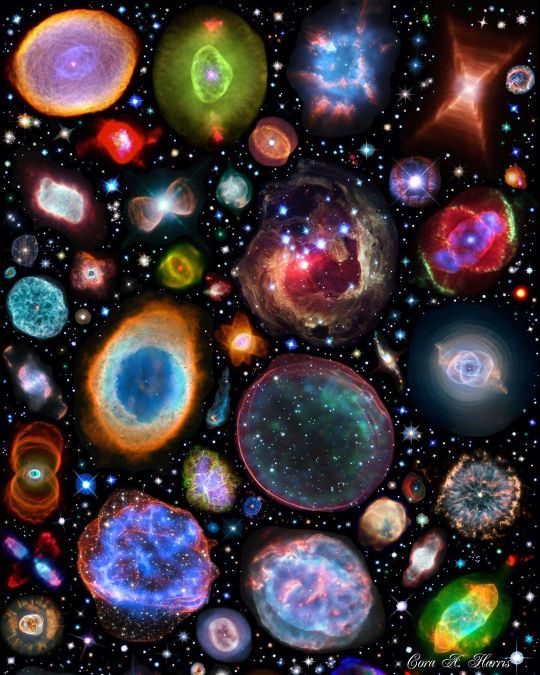
100 Planetary Nebulae captured by Hubble Space Telescope.
By Cora A. Harris
Via: Amazing Astronomy
#photooftheday#photography#night photography#astronomy#astrophotography#hubble telescope#planets#planetary systems#nebula#space#outer space#astro
208 notes
·
View notes
Text
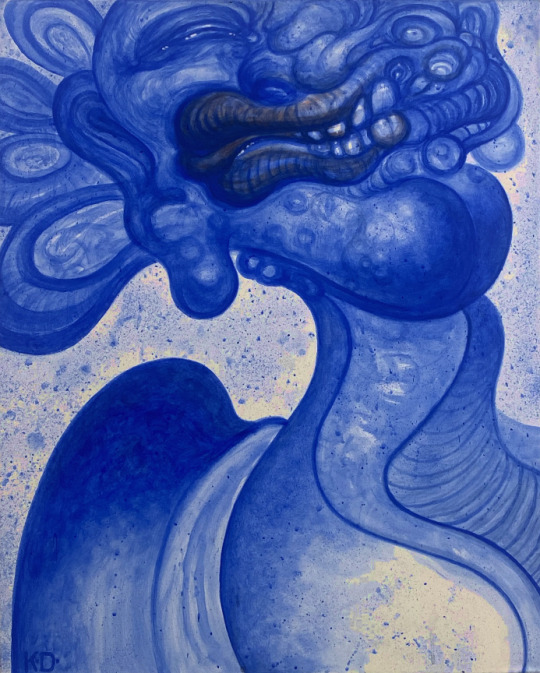
"AVALON" kd matheson 2022
#surreal art#psychedelic art#dreams#magick#painting#visionary art#visions#qabalah#sirius#planetary systems#utopia#kd matheson
57 notes
·
View notes
Text

Stellar Sojourn!
#astronaut#space exploration#interstellar#cosmic wonders#black space#stars#planets#adventure#astronautics#celestial#stellar journey#astronaut suit#deep space#galactic#spacewalk#universe#astral exploration#cosmic backdrop#outer space#planetary systems#celestial bodies#stellar voyage#exploration#astronaut helmet#astronaut silhouette#nebulae#galaxies#astronomical#cosmic exploration#space odyssey
16 notes
·
View notes
Photo
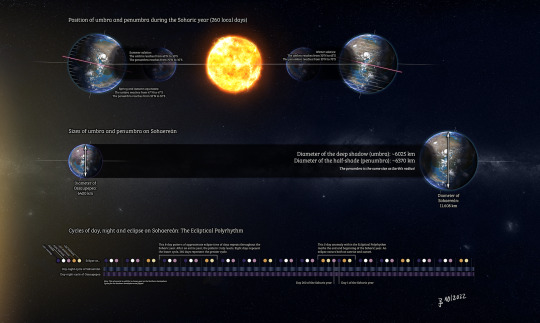
Another Friday evening, another infographic to unwind :) This time with some more visualization of the sheer size of Sohaereàn’s daily eclipses.
42 notes
·
View notes
Text
green neutrois aesthetic
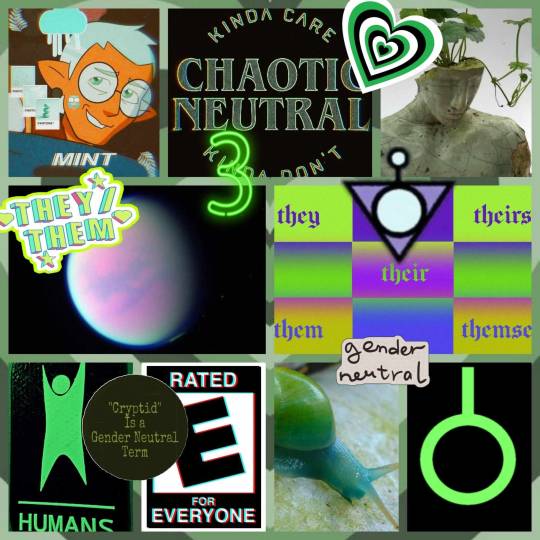
#color green#moodboard#green aesthetic#they/them#gender#rated e#chaotic neutral#gnc#nonbinary#gnc positivity#gender neutrality#gender neutral mc#gn reader#gender neutral pronouns#humanity#planetary systems#snails#raine whispers#neutrois#third gender#nonbinary moodboard
6 notes
·
View notes
Link
Computer simulations by Rice University scientists and their collaborators are the first to integrate a model of planet formation and evolution that explains two puzzling observations of exoplanets orbiting distant stars: the rarity of worlds about 1.8 times larger than Earth and the near-identical size of adjacent planets in hundreds of planetary systems.
2 notes
·
View notes
Text
youtube
Giant planets are the planets with the size many times that of earth. In our solar system there are four giant planets. Jupiter and Saturn are gas giants and Uranus and Neptune are ice giants. In this video we see all the possible types of giant planets that could exist. Most of the exoplanets discovered are giant planets.
#astrophysics#gas giant#ice giant#super earth#exoplanet#exoplanets#outer space#space#planetary systems#planetary geology#planets#jupiter#neptune#saturn#astronomy#planetary science#Youtube
1 note
·
View note
Text
1 note
·
View note
Text
N159 is 150 light years across
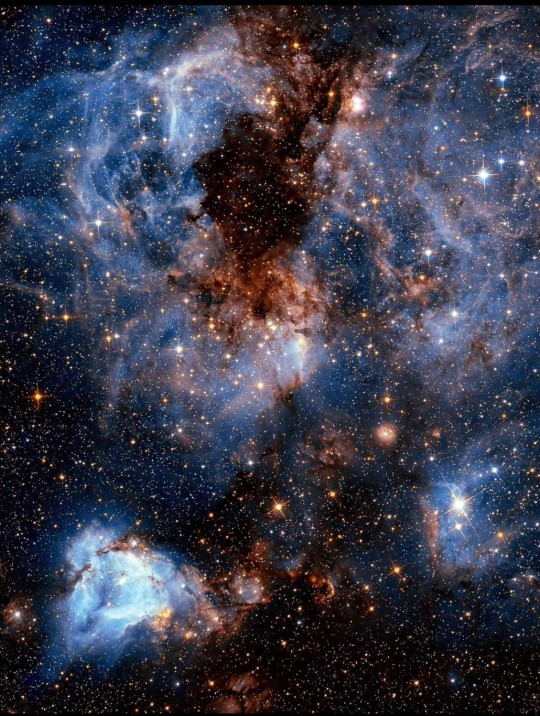

#astronomy#nasa#astronomers#universe#astrophotography#nasa photos#nasawebb#astrophysics#outer space#hubble space telescope#galaxies#galaxy#planetary nebula#nebula#cosmos#planets#solar system#astronauts#astro community#astro notes#astro observations#astroblr#astrology observations#nasa picture of the day#hubble#james webb images#space exploration#space#science#space photography
2K notes
·
View notes
Text
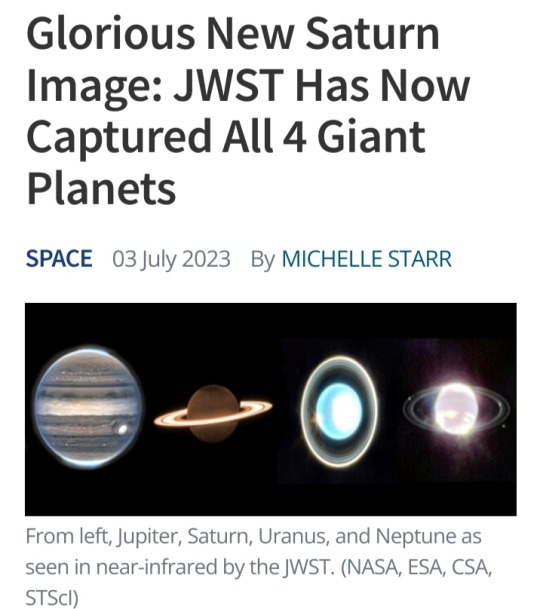
With the addition of Saturn, the James Webb Space Telescope has finally captured all four of our Solar System's giant worlds.
JWST's observations of the ringed planet, taken on 25 June 2023, have been cleaned up and processed, giving us a spectacular view of Saturn's glorious rings, shining golden in the darkness.
By contrast, the disk of Saturn is quite dark in the new image, lacking its characteristic bands of cloud, appearing a relatively featureless dim brown.
This is because of the wavelengths in which JWST sees the Universe – near- and mid-infrared.
These wavelengths of light are usually invisible to the naked human eye, but they can reveal a lot.
For example, thermal emission – associated with heat – is dominated by infrared wavelengths.
When you're trying to learn about what's going on inside a planet wrapped in thick, opaque clouds, studying its temperature is a valuable way to go about it.
Some elements and chemical processes emit infrared light, too. Seeing the planets of the Solar System in wavelengths outside the narrow range admitted by our vision can tell us a lot more about what they have going on.
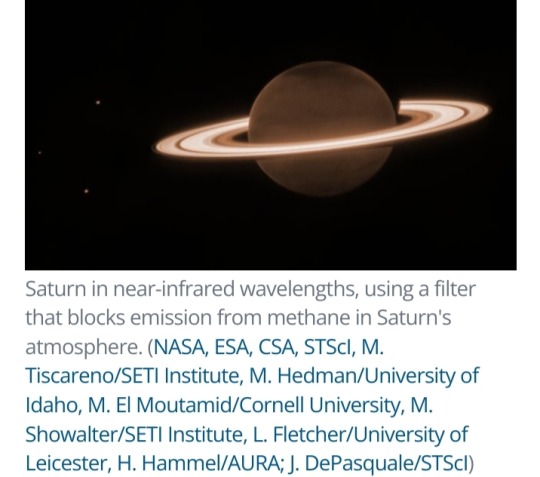
Saturn
As we saw last week, when we clapped eyes on the raw JWST Saturn images, the observations involved filters that dimmed the light of the planet, while allowing light from the rings and moons to shine brightly.
This is so a team led by planetary scientist Leigh Fletcher of the University of Leicester in the UK can study the rings and moons of Saturn in more detail.
They hope to identify new ring structures and, potentially, even new moons orbiting the gas giant.
The image above shows three of Saturn's moons, Dione, Enceladus and Tethys, to the left of the planet.
Although dim, the disk of the planet also reveals information about Saturn's seasonal changes.
The northern hemisphere is reaching the end of its 7-year summer, but the polar region is dark. An unknown aerosol process could be responsible.
Meanwhile, the atmosphere around the edges of the disk appears bright, which could be the result of methane fluorescence, or the glow of trihydrogen, or both. Further analysis could tell us which.

Jupiter
Jupiter was the first of the giant planets to get the JWST treatment, with images dropping in August of last year – and boy howdy were they stunning.
The spectacular detail seen in the planet's turbulent clouds and storms was perhaps not entirely surprising.
However, we also got treated to some rarely seen features: the permanent aurorae that shimmer at Jupiter's poles, invisible in optical wavelengths, and Jupiter's tenuous rings.
We also saw two of the planet's smaller, lesser-known moons, Amalthea and Adrastea, with fuzzy blobs of distant galaxies in the background.
"This one image sums up the science of our Jupiter system program, which studies the dynamics and chemistry of Jupiter itself, its rings, and its satellite system," said astronomer Thierry Fouchet of Paris Observatory in France, who co-led the observations.
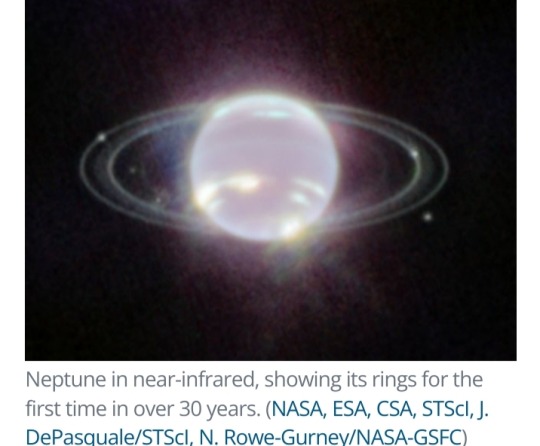
Neptune
Observations of Neptune arrived in the latter half of September 2022.
Because Neptune is so very far away, it tends to get a little neglected; you're probably used to seeing, if anything, the images taken by Voyager 2 when it flew past in 1989.
JWST's observations gave us, for the first time in more than 30 years, a new look at the ice giant's dainty rings – and the first ever in infrared.
It also revealed seven of Neptune's 14 known moons, and bright spots in its atmosphere.
Most of those are storm activity, but if you look closely, you'll see a bright band circling the planet's equator.
This had never been seen before and could be, scientists say, a signature of Neptune's global atmospheric circulation.
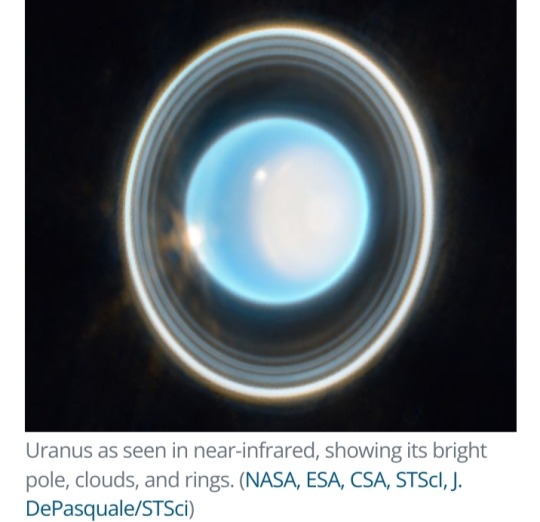
Uranus
Uranus is also pretty far away, but it's also a huge weirdo. Although very similar to Neptune, the two planets are slightly different hues, which is something of a mystery.
Uranus is also tipped sideways, which is challenging to explain too.
JWST's observations, released in April 2023, aren't solving these conundrums.
However, they have revealed 11 of the 13 structures of the incredible Uranian ring system and an unexplained atmospheric brightening over the planet's polar cap.
JWST has a lot to say about the early Universe; but it's opening up space science close to home, too.
As its first year of operations comes to an end, we can't help but speculate what new wonders will be to come in the years ahead.

Top: Jupiter - Neptune / Bottom: Uranus - Saturn
Credit: NASA
#James Webb Space Telescope#Solar System#Saturn#Jupiter#Uranus#Neptune#planets#space#universe#infrared wavelengths#wavelengths#JWST#Leigh Fletcher#planetary science#Thierry Fouchet#moons#Voyager 2#giant planets#astronomy
1K notes
·
View notes
Text
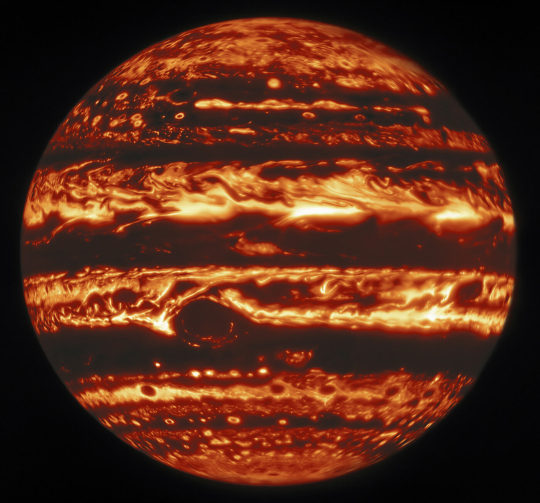
Jupiter in infrared
#go for queue deploy#nasa#jupiter#space#spaceflight#space exploration#solar system#planet#planetary science#infrared#burning#fire#space and astronomy#astronomy#space photography#outer space#science#technology#engineering#stem#explore#exploration
579 notes
·
View notes
Text

Happy Birthday Planetary Moe!!
#12th anniversary#planetary moe#solar system and friends#pm drawings#pm earth#cioccolatodorima#pm luna#gijinka planets#space gijinka#gijinka
282 notes
·
View notes
Text
I'm not including Earth's moon because I think we can agree that would result in a Moonsweep. But the Solar System is home to 685 other known moons that are also weird and wonderful!
Pictures and fun facts of all these moons below the read more!

Phobos. The larger of Mars's two moons, it is getting closer to Mars at a rate of 1.8 m/year. It will either crash into the planet or break apart, forming a ring!

Deimos. Tiny little moon with loose sediment possibly 100 m thick on its surface.

Europa. One of Jupiter's four Galilean moons, so-called because they were discovered by Galileo. This moon has an ocean underneath the icy surface and may be one of the best places to search for extraterrestrial life!

Callisto. One of Jupiter's four Galilean moons. Used to be considered one of the most boring moons, but more recent evidence suggests that it has an ocean beneath its icy/rocky surface!
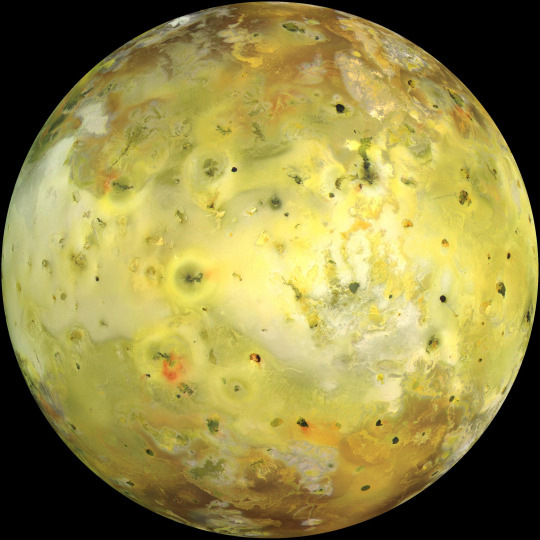
Io. One of Jupiter's four Galilean moons. The most volcanically-active body in the Solar System!
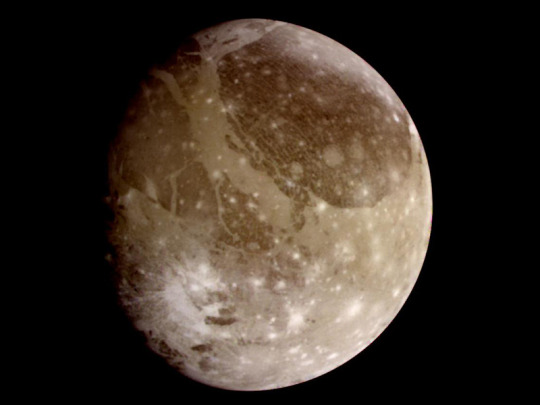
Ganymede. One of Jupiter's four Galilean moons. The largest moon in the Solar System and the only known one with its own magnetic field! Also thought to have a subsurface ocean.

Titan. The only moon with a substantial atmosphere, and the only known body besides Earth with present-day liquid on the surface! Titan has lakes, rivers, and seas made of liquid methane and ethane.

Enceladus. A tiny moon, but a very scientifically interesting one! It has a liquid water ocean beneath its icy shell, and it appears to have vents where plumes of water shoot out into space. Also thought to be one of the best places to search for life.
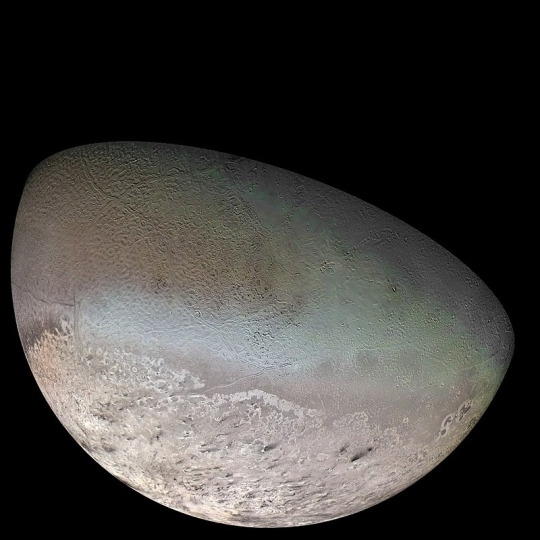
Triton. Neptune's largest moon. One of the few geologically-active moons in the Solar System with a surface made of nitrogen ice!
All photos from NASA.
[Image ID: 9 photos showing the moons Phobos, Deimos, Europa, Callisto, Io, Ganymede, Titan, Enceladus, and Triton. end ID]
#space#science#geology#moon#this was fun to make#our solar system is an incredible place!#i love planetary science so much
698 notes
·
View notes
Text
new wip wednesday
i wanted to get the first chapter of this done as an early bday present to me because ive been talking about this fic for foreverrrrr but its not gonna happen because im bad at measuring time and effort 😮💨 but look! hunger games au fic!
Anakin pushes his face into his neck, letting his lips press against his pulse for a moment.
“Anakin,” Obi-Wan murmurs, recognition and warning rolled into one tone.
But Anakin wouldn’t be who he is if he allowed the man in his arms to so easily twist away. He wouldn’t even be here now, pressed up against him with the scent of saltwater and lilacs and leather filling his nose, if he let one warning word distract him from his goal.
So instead he pushes further, wraps his hands around Obi-Wan’s hips and takes the skin beneath his lips between his teeth. The soft fabric of their pants brush together, so loud in the stillness of the kitchen that it’s deafening—that it’s almost loud enough to drown out the catch in Obi-Wan’s breathing.
But Anakin has trained himself over the past five years to listen for all the small ways that Obi-Wan Kenobi capitulates, so he hears his sigh, feels the slump of his shoulders against his own as his head sways forward and then back.
Anakin takes his time worrying a bitemark into his neck, just at the edge of his beard. On the holos that will film Obi-Wan’s face today, it’ll look like a shadow.
But Anakin will know. Obi-Wan will know.
“Anakin,” his lover murmurs, and Anakin’s hand moves from his waist up to stroke down his arm, corded with tense muscle. Fisherman’s muscle. Victor’s muscle too.
Not today, he means. It’s obvious in every line of his body. It’s obvious in the fact that he left the bed so early in the morning when neither of them must work. It’s obvious in the distance in his eyes, the frown across his lips.
Today is not a day where Obi-Wan will accept pleasure from anyone’s lips or hands, undeserving as he feels to be on the receiving end of such a kindness.
Anakin’s left hand falls to cover Obi-Wan’s, tangling their fingers together. His are rougher than Obi-Wan’s, working man’s hands now that he is twenty-one and a man of the sea like most are on Stewjon. The rough drag of his calluses over the hairy knuckles of Obi-Wan’s hand makes Anakin swallow a smile. Victors of the Hunger Games are forbidden from working laborious jobs. They’re meant to languish away in their Coruscanti-funded manors, with idle minds and idle hands, picking at paints or design stencils or any number of different government approved hobbies
Obi-Wan Kenobi is not made to be idle. He has no patience for painting or sewing, for cooking or jewelry design. Luckily for him, Stewjon is the fourth planet from Coruscant, on the edge of the inner rim, and it’s rather small, rather ordinary. In the colder months, during the few months of the star year where the galaxy is not forced to care about the Hunger Games and its Victors, he can slip away to the ocean. Fish and sail like he was born to do, Stewjoni through and through.
But Anakin is out on those choppy seas year-round now that he’s four years finished with his compulsory education. His hands are rougher than Obi-Wan’s and they always will be.
Anakin likes it. Likes the way Obi-Wan’s softness contrasts against his own rougher places. Likes that he can sneak away from Obi-Wan’s manor in the blue of the pre-dawn light, first to the sea and then to the market, and Obi-Wan will be there when he gets back. Likes that when he leaves, his lover is curled up asleep in their bed. And when he returns with the fattest fish from his haul, Anakin can cook it for him too.
He likes that he is the only thing Obi-Wan needs. He provides. He cooks for him. He feeds him. He touches him with his rough hands, to dirty him and then to clean him up. Everything that Obi-Wan needs, Anakin is the person to give it to him.
He supposes he has Coruscant to thank for that.
He’s not stupid enough to say that—ever, but especially today. Especially on the day of the Reaping.
#wip wednesday#obikin#hunger games au#so like its gonna be set in the gffa slightly#so each district from the book is a either planet or planetary system#and coruscant is of course the capitol#anakin and obi-wan live in district 4 aka stewjon#im having a lot of fun examining their relationship#my bday is on saturday i just think this first chapter is going to be so long#because it covers from them waking up to anakin's reaping#which includes anakin talking in the market with other people on stewjon#because we love an outsiders implied pov on obikin and anakin specifically#and then also obi-wan's own reaping#cause i figure more than one person has won the hunger games in the past 50 years or whatever#so they must do some sort of drawing for the mentor too#its usually obi-wan tho#bad luck or capitol favoritism#or obi-wan volunteering even though he hates it because one of the other victors just had a baby or has small kids#or is too old#or something#anyway this is not a start wednesday done by saturday sorta project lol#im too passionate about these batshit insane characters
56 notes
·
View notes